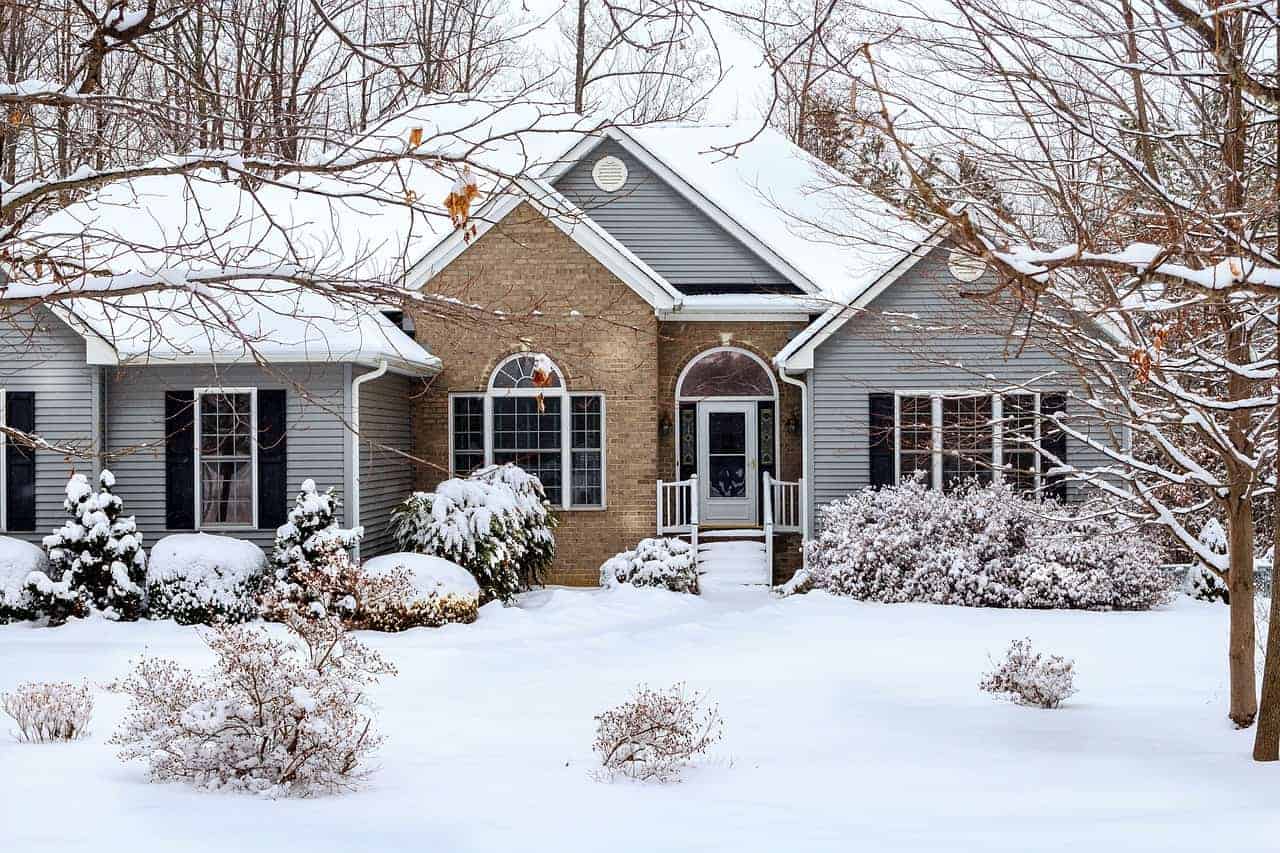Winter is a wonderful time of year for homeowners, where you can truly enjoy snuggling up on the couch with a cup of hot cocoa, crank the heat, and relax knowing you are toasty and warm. However, heat isn’t exactly free, and the gas and electric bills can pile up relatively quickly. While most municipalities have measures in place so that your utilities don’t get immediately shut off if you fall behind on payments, it is still a wise idea to try and increase your energy efficiency as much as possible to save yourself some cash.
Get An Energy Audit

A key step to saving energy and adding value to your home is to schedule an energy audit. An energy audit involves performing various tests on your home to pinpoint exactly where your home can use improvements in energy efficiency. Energy audits are painless and inexpensive and will give you a starting point to don’t spend money needlessly.
While some of the suggestions you’ll receive from an energy audit can be a bit expensive themselves, such as purchasing new and energy-efficient household appliances, there will be inexpensive options as well. Switching to energy-efficient bulbs is a cost-effective way to ensure that you consume less energy and do less damage to your wallet.
Use A Secondary Heating Source
According to the Mass Save Program, One underrated energy-saving tip is to only heat the rooms that you are using. This is made difficult through a thermostat’s inability to isolate and heat specific rooms, but this can be sidestepped relatively easily. Crank down that thermostat, and invest in a couple of secondary heating sources.
When looking to keep your home warm in the cold winter months, a wood-burning stove does the job fantastically while remaining relatively inexpensive. Space heaters are also a great option, as they have improved significantly in recent years, and a small heater can quickly warm an entire room. If you’re lucky enough to have a home with a fireplace in it, put it to good use — make sure it is properly cleaned before use to reduce the risk of a fire starting where you don’t want it to.
Get The Most Out Of The Heat
Some light maintenance of your home can do wonders for heat retention, taking some of the stress off of your furnace. Checking to make sure attics and crawl spaces are properly insulated is a good place to start, as they are often an overlooked area where heat can quickly escape. Ensure that the air filters on your furnace are clean, ensuring that it is working to the best of its ability. If you have ceiling fans, set them to run clockwise, trapping heat inside the room.
At night, draw your curtains so that there is a barrier between the warmth in your home and the cold glass of the window. Check to see if you have energy-efficient windows and install them if you don’t, as they will quickly pay themselves off in energy savings. If your thermostat is programmable, set it to turn on just before you wake up instead of running through the night to maximise efficiency.
Seal Up Drafts And Air Leaks
Drafts are the enemy of a toasty home in the winter, and if there are major drafts in your home, most efforts to heat it will be incredibly inefficient, wasting energy and money. Not only does sealing updrafts and air leaks improve heat retention and save energy, but most of the measures that you’ll take to reduce drafts are very inexpensive. The major investment won’t be from your money but from your time.
Taking a thick sheet of plastic and sealing it tightly over your windows weatherises them and reduces any infiltration from the cold outside. If the windows still feel drafty after winterisation, installing heavy, tight-fitting, insulated drapes can improve efficiency even further. Seal any air leaks around cut-throughs for pipes, unfinished spaces in the backs of cupboards and closets, and ensure you have the appropriate weather stripping around your doors.
Use Technology To Your Advantage
While there are certainly plenty of low-cost solutions to save energy in the winter, we live in an age of unprecedented technological innovation. That technology isn’t just limited to self-driving cars or increasingly compact and powerful cell phones but extends into your home as well. All of the smart devices in your home will eventually talk to one another, becoming part of what is known as the internet of things (IoT).
Over the next several years, we can expect the IoT to make our lives easier in many ways. Homes will get smarter, and green solutions will become more viable and cost-effective. Smart thermostats and appliances will allow you to easily evaluate and adjust your energy use, allowing you to optimise your home for peak efficiency.
Now that you are armed with several ways to increase your energy efficiency and save yourself some money, you don’t have to worry so much about winter increasing your bills. Just remember that most of these tips are inexpensive and preventative to help your home heat itself as best as it can. Curl up with your favourite blanket, put on a good movie, and start enjoying your winter indoors stress-free.

